15 Unique Natural Wonders That Look Like They Belong on Another Planet
Embark on a journey to witness the astonishing beauty of Earth's marvels that seem as though they were carved from extraterrestrial worlds. Our planet, with its vast landscapes and diverse ecosystems, holds wonders that defy imagination and challenge our perception of reality. These sites, often remote and shrouded in mystery, offer glimpses into the Earth's dynamic processes and the artistic hand of nature itself. This exploration will take you through geological formations, vibrant ecosystems, and ancient landmarks that echo the aesthetic of alien terrains. Each marvel tells a story of its creation, inviting us to ponder the forces that shaped them and the delicate balance that sustains them. As we delve into these 15 earthly wonders, prepare to be amazed by the diversity and grandeur of our planet, and discover how they inspire both wonder and reverence.
1. The Majestic Moeraki Boulders, New Zealand
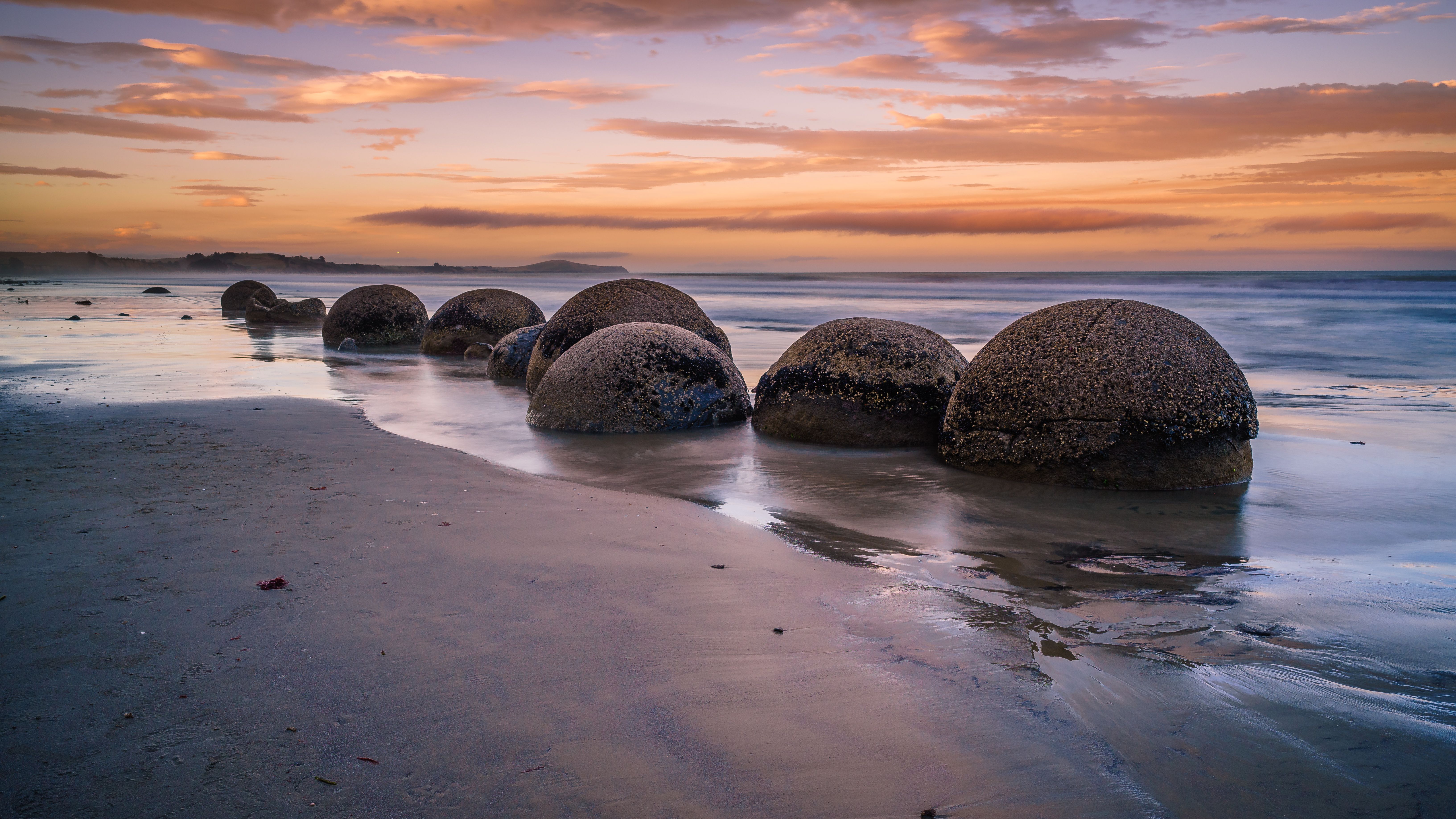
Nestled along the Koekohe Beach on New Zealand's Otago coast, the Moeraki Boulders are spherical stones that appear to have rolled straight out of a science fiction narrative. These massive, perfectly round boulders, some reaching up to two meters in diameter, are the result of calcite concretions formed over millions of years. Their smooth, almost polished surfaces are etched with intricate patterns of cracks that resemble the surface of a distant planet. According to Maori legend, these boulders are the remains of calabashes and eel baskets washed ashore from the wreck of a large ancestral canoe. Scientifically, their formation is attributed to the gradual accumulation of sediment around a central core, akin to pearls forming in oysters. The Moeraki Boulders not only captivate geologists and tourists alike but also serve as a testament to the slow yet powerful forces of nature that shape our world.
2. The Enigmatic Socotra Island, Yemen
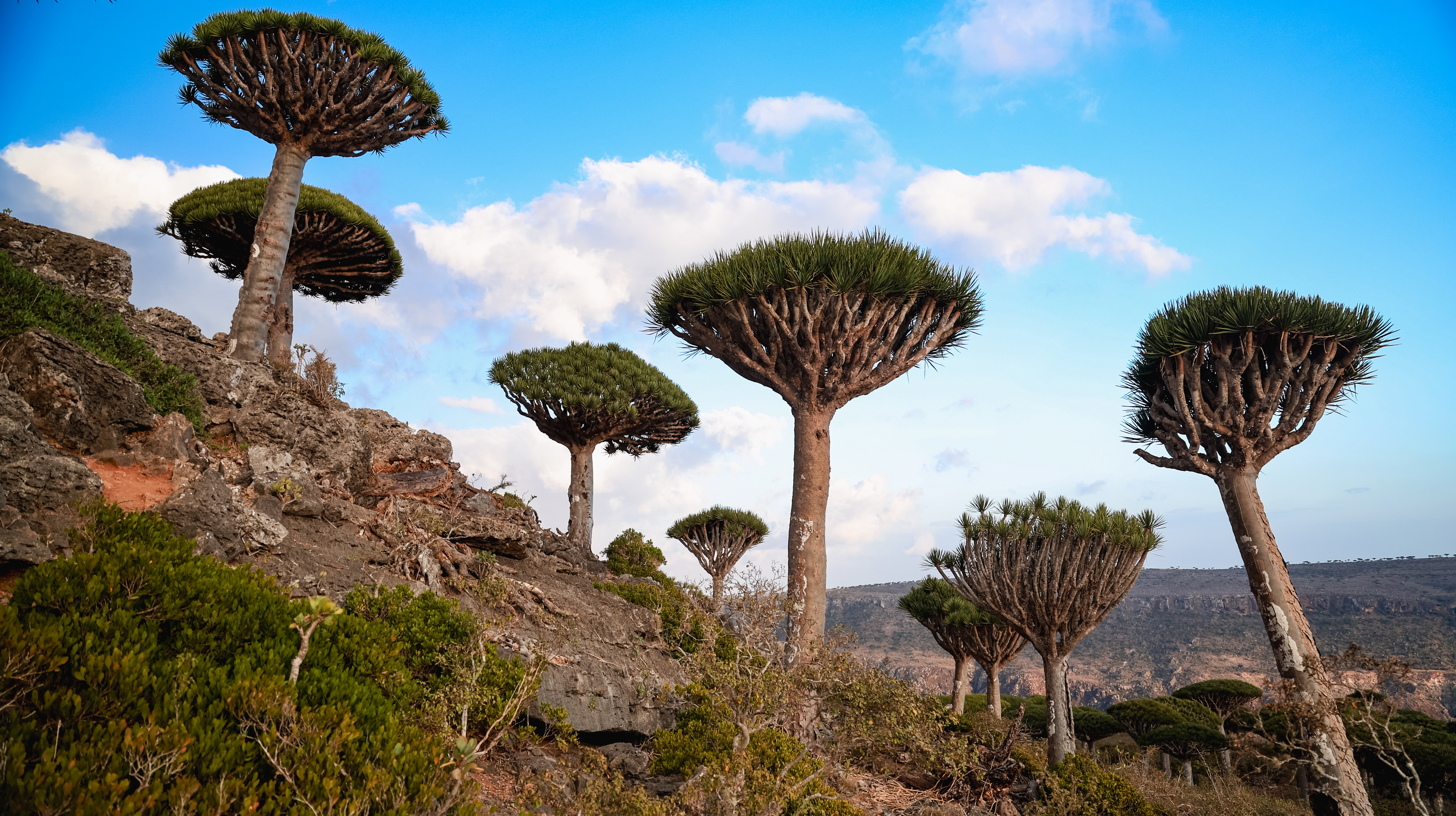
Socotra Island, often dubbed the "Galápagos of the Indian Ocean," is a place where the ordinary laws of nature seem to take a backseat. This isolated island hosts a unique ecosystem with flora and fauna that appear more at home in a science fiction novel than on Earth. The most iconic of these is the Dragon's Blood Tree, with its umbrella-like canopy and crimson sap that has been used for centuries in medicine and dye. Over a third of Socotra's plant life is endemic, found nowhere else on Earth, making it a living laboratory for evolutionary study. The island's stark, otherworldly landscapes, from its jagged limestone peaks to its white sand dunes, provide a backdrop that seems to belong to another planet. Socotra's isolation and unique biodiversity highlight the incredible adaptability of life and the intricate web of ecosystems that thrive in Earth's most unexpected places.
3. The Surreal Salar de Uyuni, Bolivia
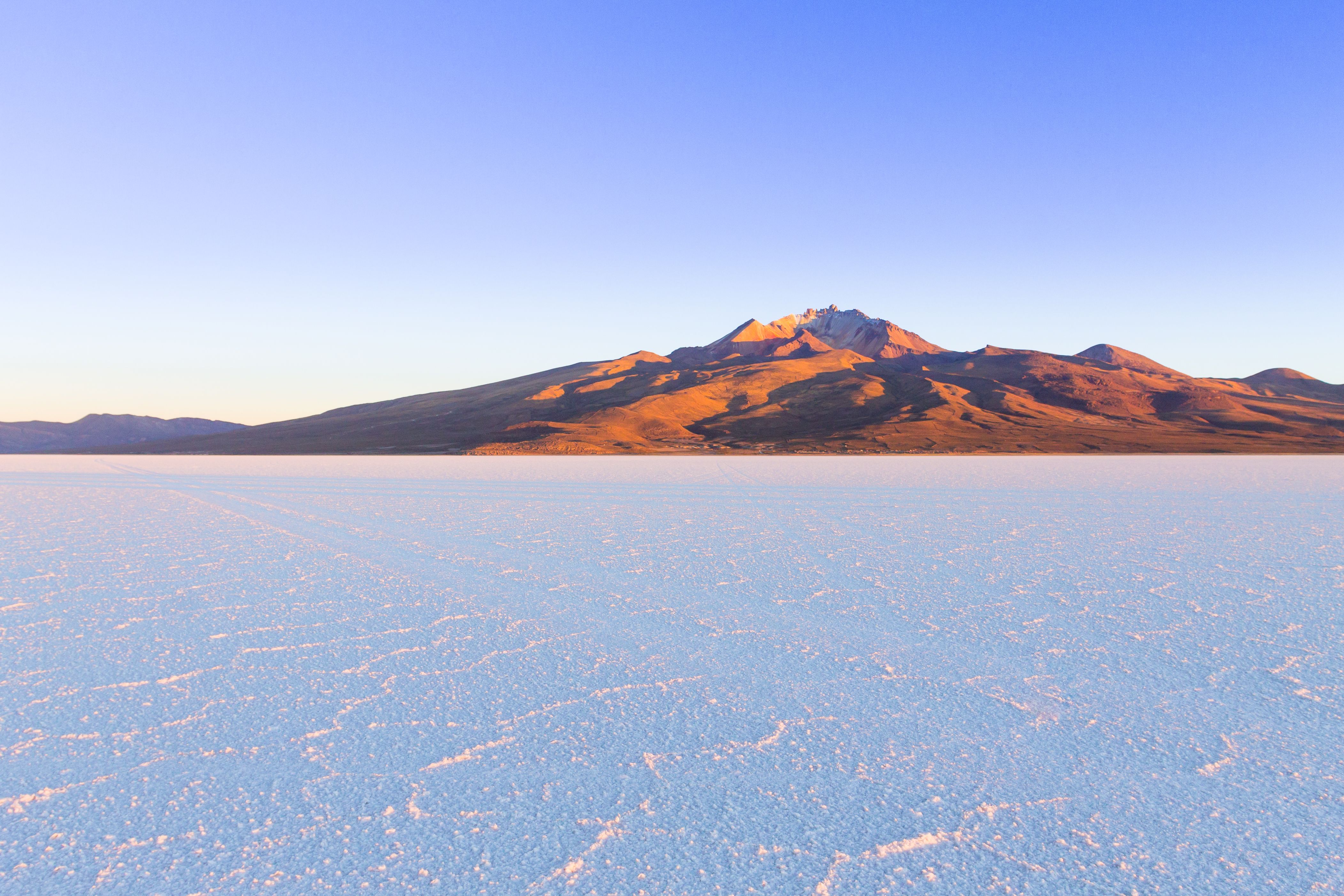
Stretching across 10,582 square kilometers, the Salar de Uyuni in Bolivia is the world's largest salt flat and a natural mirror that reflects the sky in an almost surreal manner. Formed from prehistoric lakes that evaporated long ago, this vast expanse of white salt crusts is punctuated by cacti-covered islands and the occasional pink flamingo. During the rainy season, a thin layer of water transforms the flats into a giant mirror, seamlessly merging the earth and sky into an infinite horizon. This optical illusion creates a dreamlike landscape that has been a favorite location for photographers and filmmakers seeking to capture the essence of an alien world. The Salar de Uyuni is not only a visual spectacle but also a critical economic resource, containing the world's largest reserve of lithium, a key component in modern batteries. The salt flats exemplify the intersection of natural beauty and scientific significance, offering insights into both geological processes and future technological advancements.
4. The Breathtaking Antelope Canyon, USA
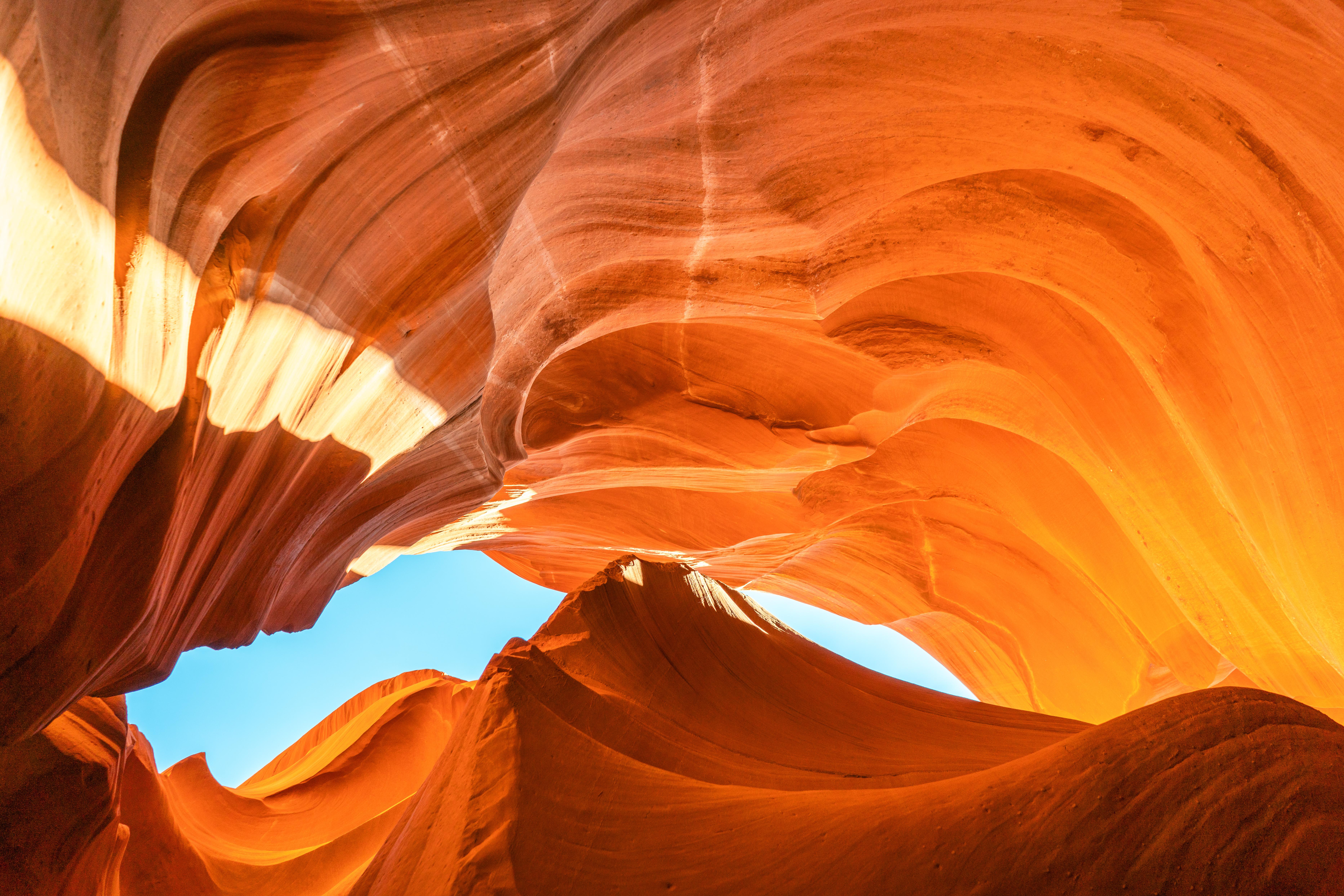
Hidden within the arid desert landscape of Arizona lies Antelope Canyon, a slot canyon renowned for its wave-like structure and vibrant hues of red and orange. Carved over millennia by flash flooding and erosion, the canyon's narrow passages and smooth, swirling walls create a kaleidoscope of colors that change with the shifting sunlight. The canyon is divided into two sections, Upper and Lower Antelope, each offering a unique perspective of nature's artistry. The play of light and shadow within the canyon produces a visual spectacle that feels otherworldly, drawing photographers and adventurers from around the globe. Beyond its aesthetic appeal, Antelope Canyon holds cultural significance for the Navajo people, who regard it as a symbol of spiritual renewal and harmony. This natural wonder underscores the power of water as a sculptor of landscapes, transforming solid rock into a masterpiece of fluid motion and color.
5. The Mystical Northern Lights, Arctic Regions
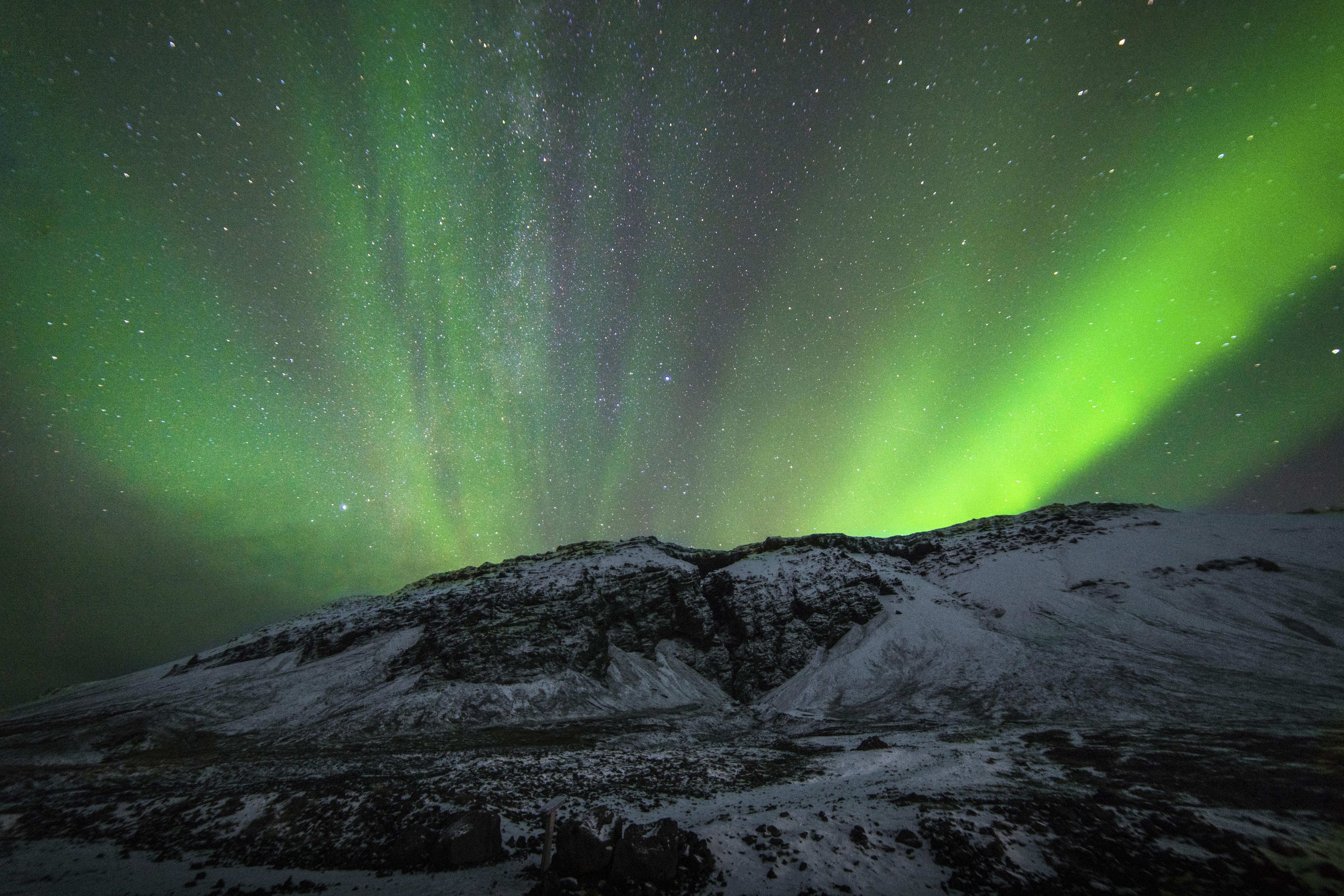
The Northern Lights, or Aurora Borealis, are a celestial phenomenon that transforms the Arctic night sky into a vibrant tapestry of colors. This natural light display, caused by the collision of solar particles with Earth's atmosphere, paints the sky with hues of green, pink, purple, and blue. Best observed in regions near the magnetic poles, such as Norway, Canada, and Iceland, the Northern Lights have inspired myths and legends across cultures, often seen as messages from the gods or spirits dancing in the sky. Scientifically, the auroras provide valuable insights into solar wind and Earth's magnetic field, serving as a natural laboratory for studying space weather. The ethereal beauty of the Northern Lights, combined with their scientific significance, highlights the interconnectedness of cosmic and terrestrial phenomena, inviting us to explore the mysteries of the universe from the comfort of our own planet.
6. The Otherworldly Fly Geyser, USA
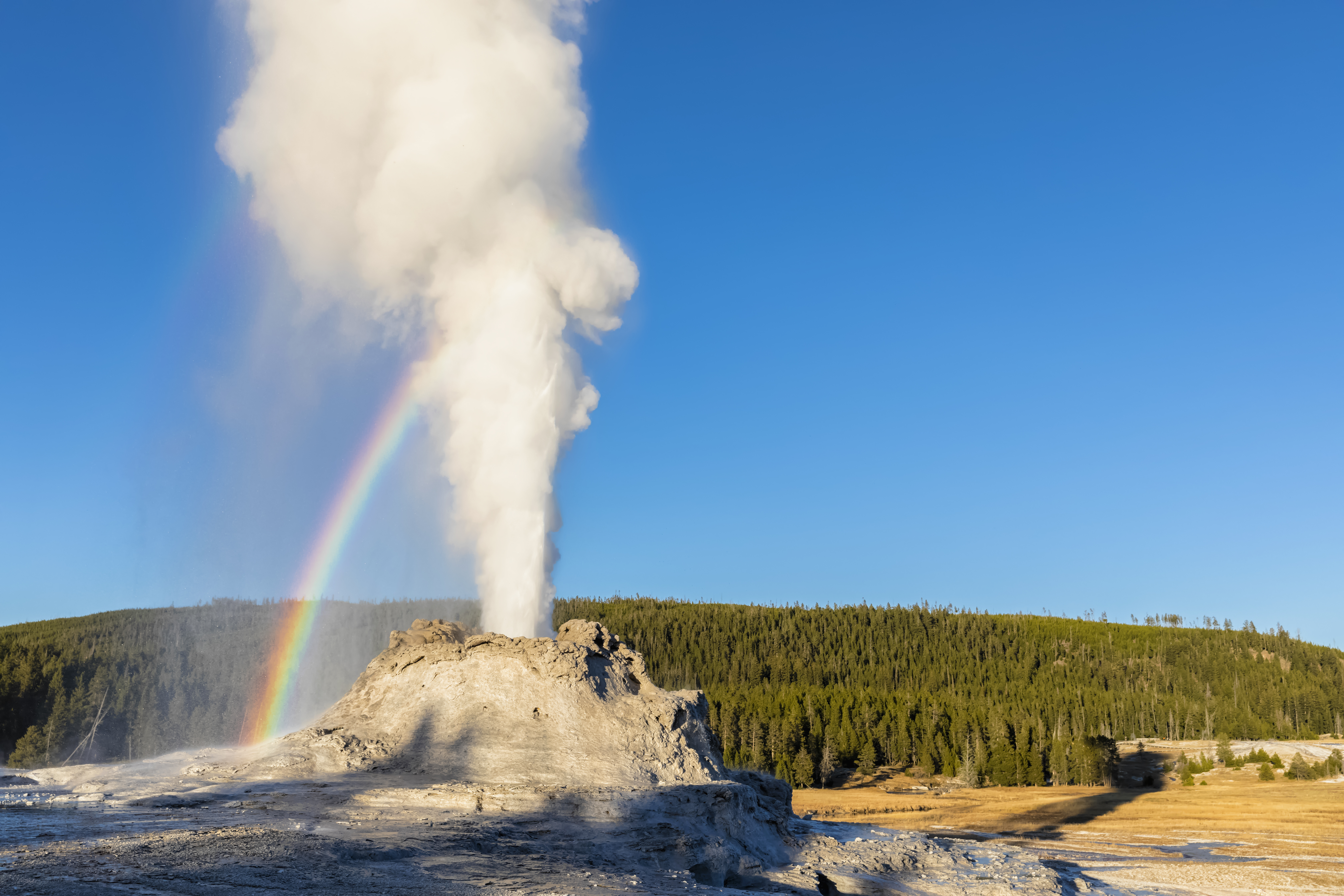
Located in the Black Rock Desert of Nevada, the Fly Geyser is a vibrant geothermal feature that seems plucked from a distant world. Accidentally created by well drilling in 1964, the geyser has grown over the decades, forming a series of colorful terraces made of calcium carbonate deposits. The vivid reds, greens, and yellows of the geyser are the result of thermophilic algae thriving in the hot, mineral-rich waters. The Fly Geyser continuously spews scalding water, creating an ever-evolving landscape that captures the imagination of those fortunate enough to witness it. Despite its accidental origins, the geyser has become a symbol of the unexpected beauty that can arise from human interaction with nature. Its vibrant colors and dynamic formations serve as a reminder of the Earth's geothermal energy and the delicate balance between natural processes and human influence.
7. The Spectacular Great Blue Hole, Belize
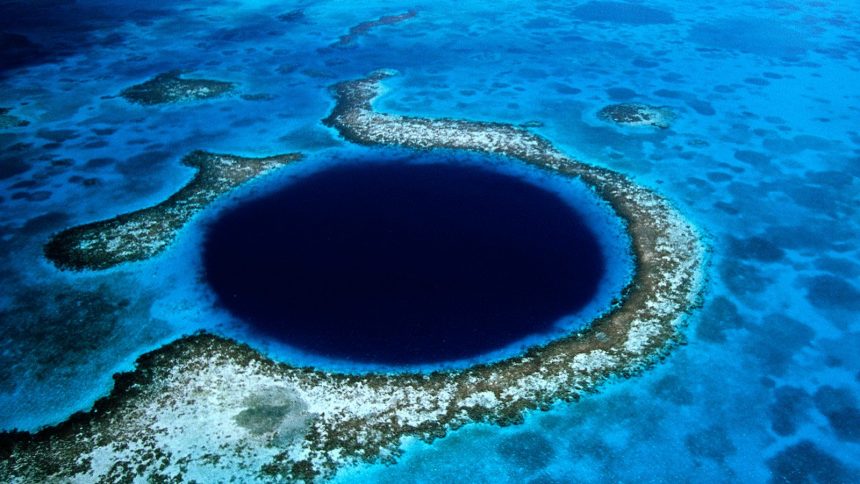
The Great Blue Hole, located off the coast of Belize, is a massive underwater sinkhole that beckons divers and adventurers from around the world. Measuring over 300 meters across and 125 meters deep, this natural wonder is part of the Belize Barrier Reef Reserve System, a UNESCO World Heritage Site. The Great Blue Hole was formed during the last Ice Age, when sea levels were much lower, and is now home to a diverse array of marine life, including sharks, giant groupers, and vibrant coral formations. Divers exploring the depths of the Blue Hole are treated to a surreal experience, descending through layers of clear blue water into the dark abyss below. The geological formations within the hole, such as stalactites and stalagmites, offer clues to its ancient history and the dynamic processes that shaped it. The Great Blue Hole is a testament to the power of water to carve and transform the Earth's surface, creating breathtaking landscapes both above and below the waves.
8. The Mesmerizing Pamukkale, Turkey

Pamukkale, meaning "Cotton Castle" in Turkish, is a stunning natural wonder located in southwestern Turkey. This UNESCO World Heritage Site is famous for its white travertine terraces, formed by the deposition of calcium carbonate from the mineral-rich hot springs that flow down the mountainside. The terraces, resembling frozen waterfalls, create a surreal landscape that seems more fitting for a fantasy realm than Earth. Pamukkale has been a popular spa destination since ancient times, with the nearby ruins of the Roman city of Hierapolis attesting to its long history of human settlement. Visitors can bathe in the warm, mineral-rich waters, believed to have healing properties, while taking in the breathtaking views of the surrounding valley. Pamukkale's unique combination of geological beauty and historical significance makes it a captivating destination that continues to inspire awe and wonder.
9. The Alien-Like Dallol Volcano, Ethiopia
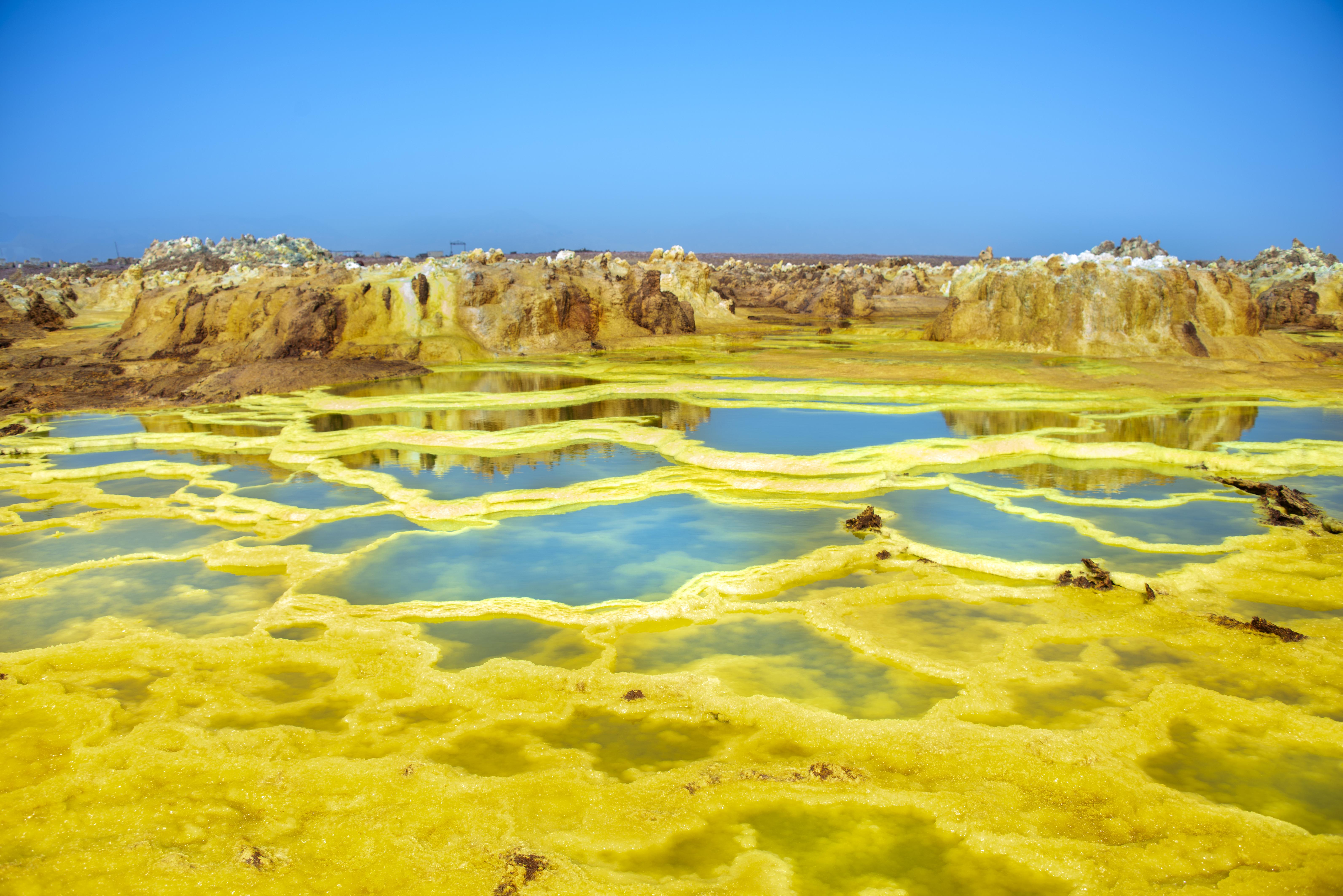
The Dallol Volcano, located in the Danakil Depression of Ethiopia, is one of the most extreme and alien-like environments on Earth. This active hydrothermal system is characterized by its vibrant colors and otherworldly formations, created by the interaction of volcanic activity with the region's high salt content. The landscape is dotted with acidic hot springs, salt formations, and colorful mineral deposits, painting a vivid picture of yellows, greens, and reds. Dallol is one of the hottest inhabited places on Earth, with temperatures often exceeding 40°C (104°F), and its harsh conditions make it a challenging environment for life. Despite this, extremophiles—organisms that thrive in extreme conditions—have been found here, providing valuable insights into the potential for life on other planets. The Dallol Volcano is a reminder of the Earth's dynamic and volatile nature, offering a glimpse into the processes that shape our planet and the potential for life beyond our world.
10. The Mysterious Stone Forest, China
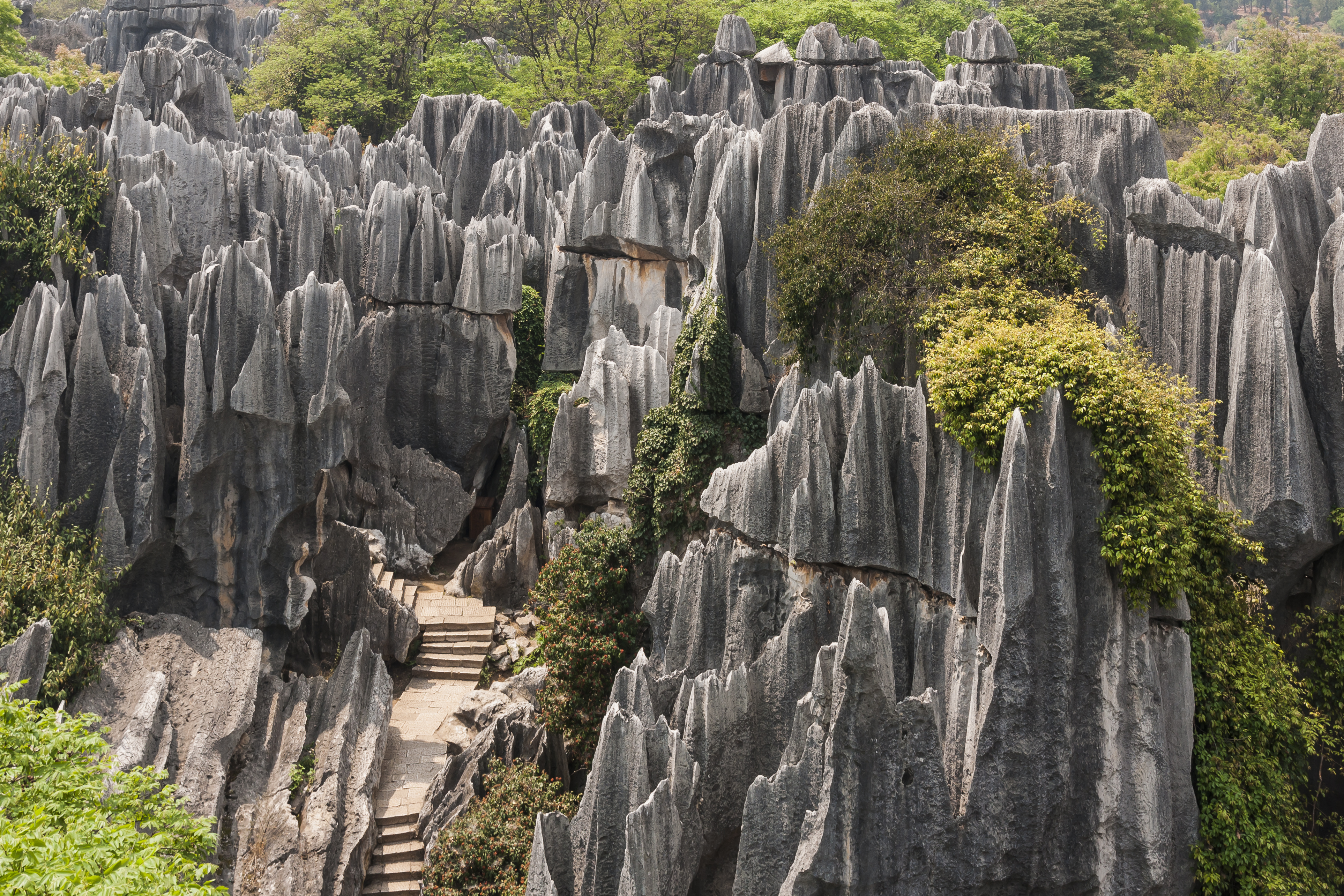
The Stone Forest, or Shilin, located in China's Yunnan Province, is a geological wonder that resembles a petrified forest. This UNESCO World Heritage Site is composed of towering limestone pillars, some reaching heights of over 30 meters, that have been sculpted by millions of years of erosion. The formations, with their jagged edges and intricate patterns, create a labyrinthine landscape that seems to defy logic and gravity. The Stone Forest is steeped in local legend, with the Sani people believing it to be the birthplace of their ancestors. The forest's unique formations are the result of geological processes that began over 270 million years ago when the area was submerged under a shallow sea. As the sea receded, the limestone was exposed to erosion, creating the dramatic landscape we see today. The Stone Forest is a testament to the power of natural forces to shape the Earth's surface, creating landscapes that inspire wonder and curiosity.
11. The Vibrant Painted Hills, USA

The Painted Hills, located in Oregon's John Day Fossil Beds National Monument, are a striking example of the Earth's natural artistry. These hills are renowned for their vivid colors and intricate patterns, created by layers of volcanic ash and sediment that have been exposed over millions of years. The colors, ranging from deep reds and oranges to soft yellows and greens, change with the angle of the sun, creating a dynamic and ever-changing landscape. The Painted Hills are not only a visual spectacle but also a valuable record of the region's geological history, with fossils dating back over 40 million years. This natural wonder provides a glimpse into the Earth's past, offering insights into the processes that have shaped our planet and the life that has flourished here. The Painted Hills are a reminder of the Earth's capacity for beauty and change, inspiring awe and appreciation for the natural world.
12. The Enchanting Plitvice Lakes, Croatia
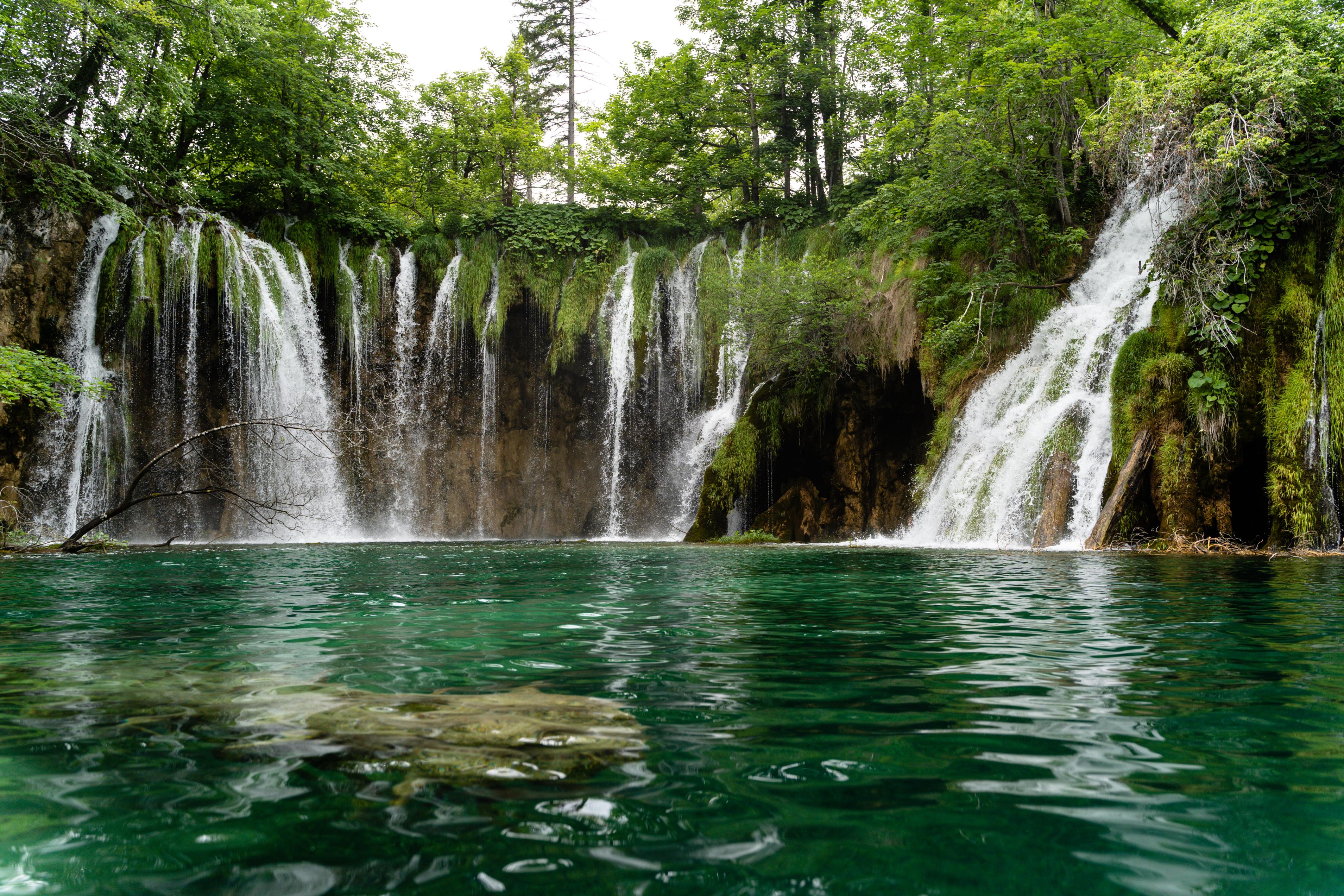
Plitvice Lakes National Park, a UNESCO World Heritage Site in Croatia, is a mesmerizing network of cascading lakes and waterfalls set amidst lush forests. The park's 16 terraced lakes are interconnected by a series of waterfalls, creating a dynamic and ever-changing landscape that is a testament to the power of water to shape the Earth. The lakes are renowned for their vibrant colors, ranging from azure to green, depending on the mineral content and the angle of sunlight. Plitvice Lakes is home to a diverse array of flora and fauna, including bears, wolves, and rare bird species, making it a haven for nature lovers and wildlife enthusiasts. The park's unique combination of geological beauty and biodiversity highlights the intricate balance of ecosystems and the importance of preserving these natural wonders for future generations. Plitvice Lakes is a place of enchantment and wonder, inviting visitors to explore its trails and immerse themselves in the beauty of nature.
13. The Spectacular Wave Rock, Australia
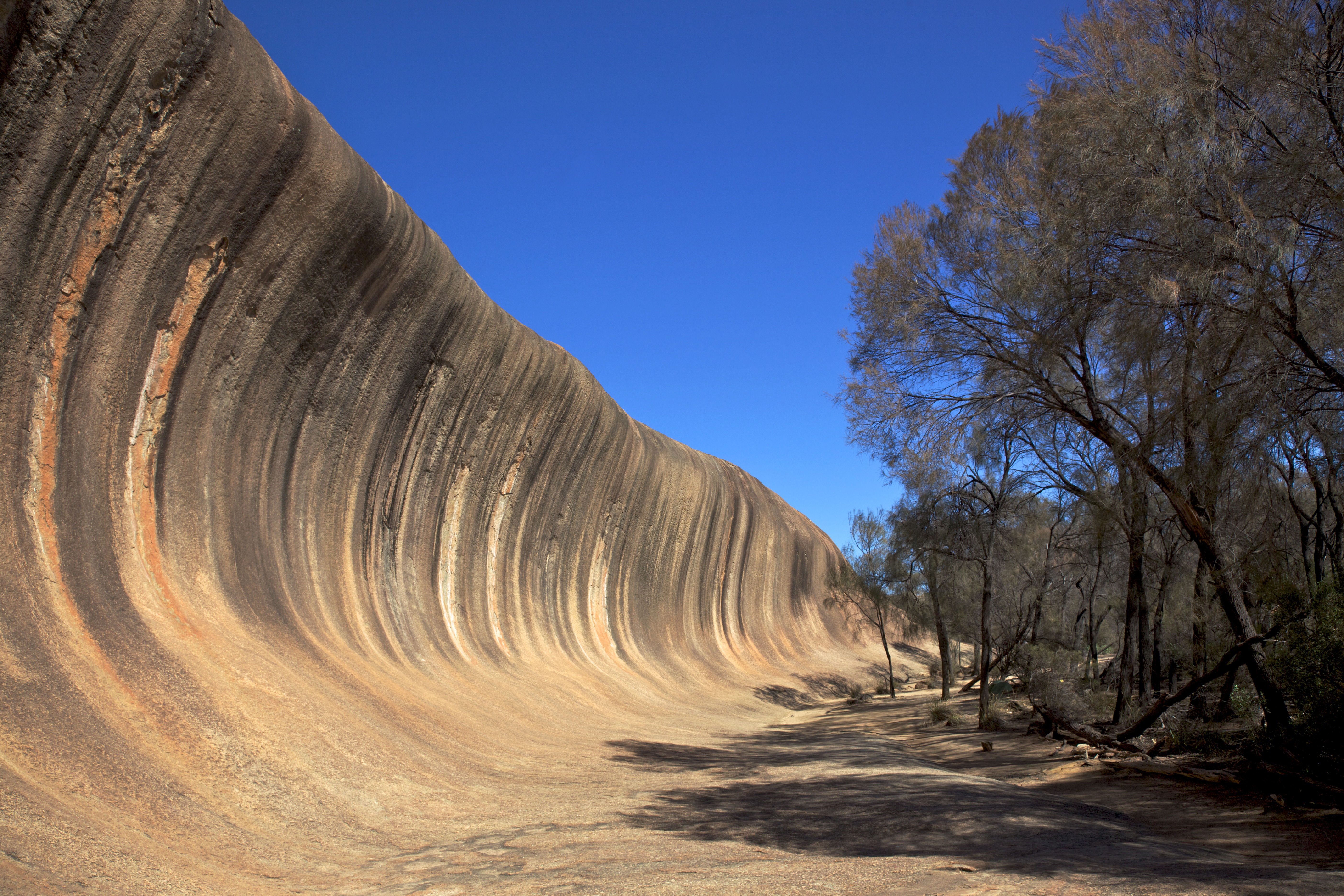
Wave Rock, located in Western Australia, is a striking natural formation that resembles a giant ocean wave frozen in time. This 15-meter-high and 110-meter-long granite rock formation is the result of millions of years of weathering and erosion, creating its distinctive curved shape. The rock's surface is adorned with colorful stripes, formed by the deposition of minerals over time, adding to its visual appeal. Wave Rock is not only a geological marvel but also a site of cultural significance for the local Aboriginal people, who have long regarded it as a sacred place. The rock's unique shape and vibrant colors make it a popular destination for photographers and tourists seeking to capture the beauty of Australia's natural landscapes. Wave Rock is a reminder of the Earth's dynamic processes and the power of time to shape the world around us, creating landscapes that inspire awe and wonder.
14. The Bewitching Chocolate Hills, Philippines
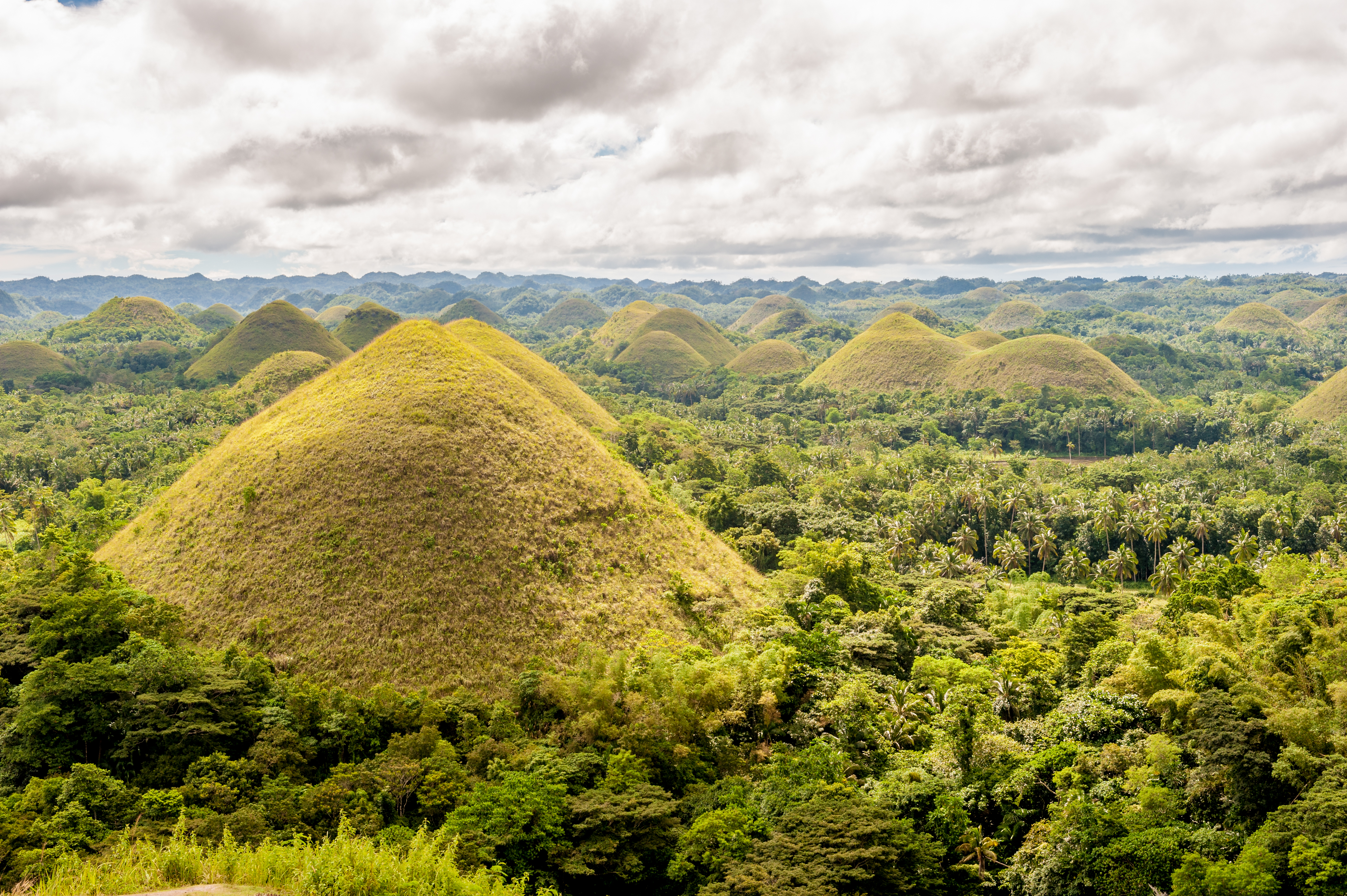
The Chocolate Hills, located on the island of Bohol in the Philippines, are a geological curiosity that captivates visitors with their unique shape and color. These conical hills, numbering over 1,200, are spread across an area of more than 50 square kilometers and are named for their chocolate-brown appearance during the dry season when the grass covering them turns brown. The hills are believed to be the result of the weathering of marine limestone over millions of years, creating their distinctive shape. The Chocolate Hills are steeped in local legend, with stories of giants and mythical creatures explaining their formation. This natural wonder is a testament to the Earth's capacity for creativity and diversity, offering a glimpse into the geological processes that have shaped our planet. The Chocolate Hills are a reminder of the beauty and mystery of the natural world, inviting us to explore and appreciate the wonders that surround us.
15. The Awe-Inspiring Mount Roraima, Venezuela
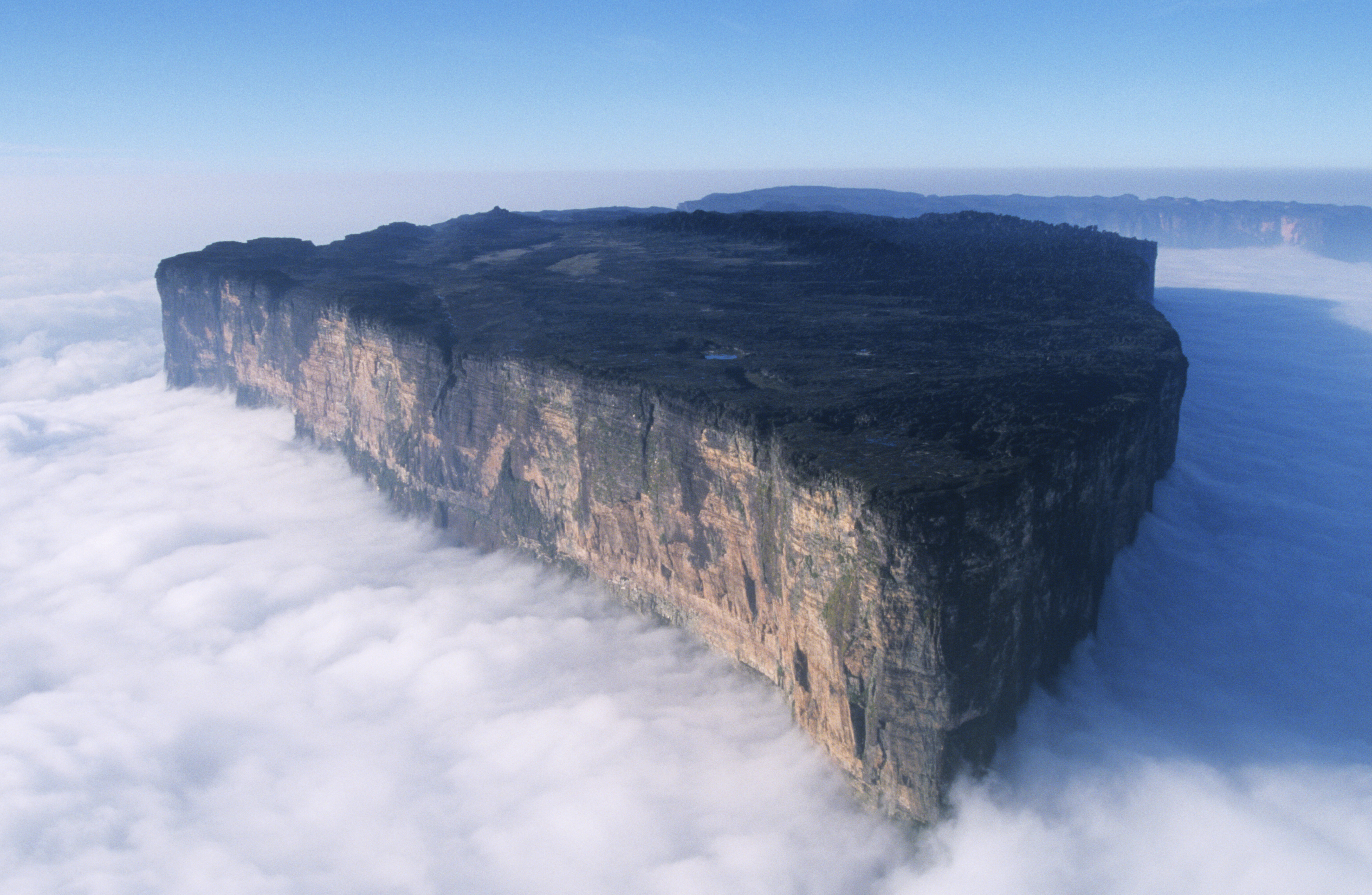
Mount Roraima, located at the intersection of Venezuela, Brazil, and Guyana, is a majestic tabletop mountain shrouded in mist and mystery. This ancient formation, known as a tepui, rises over 2,800 meters above sea level and is characterized by its sheer cliffs and flat summit. Mount Roraima is part of the Guiana Shield, one of the oldest geological formations on Earth, and is home to a unique ecosystem with many endemic species. The mountain's otherworldly landscape, with its towering rock formations and cloud-covered plateau, has inspired myths and legends among the indigenous people, who regard it as a sacred place. Mount Roraima's isolation and unique biodiversity make it a living laboratory for scientists studying evolution and adaptation. This natural wonder is a testament to the Earth's geological history and the incredible diversity of life that has flourished in its most remote corners.
As we conclude our journey through these 15 earthly marvels, we are reminded of the incredible beauty and diversity of our planet. Each wonder, with its unique formation and story, offers a glimpse into the dynamic processes that shape the Earth and the delicate balance that sustains life. These natural wonders inspire awe and curiosity, inviting us to explore and appreciate the world around us. They serve as a reminder of the importance of preserving our planet's natural heritage for future generations, ensuring that these wonders continue to inspire and captivate us. As we witness the astonishing beauty of these earthly marvels, we are reminded of the interconnectedness of all life and the responsibility we have to protect and cherish the world we call home.








